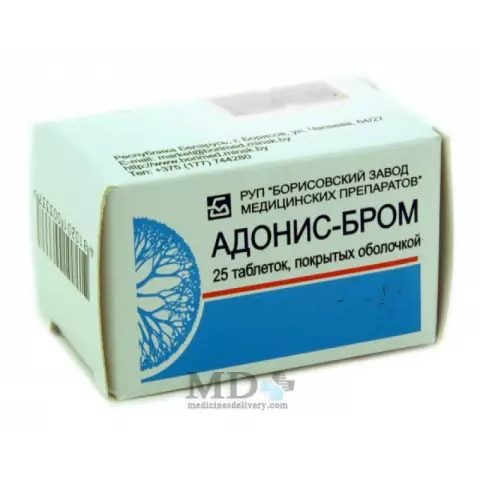- Author Rachel Wainwright [email protected].
- Public 2023-12-15 07:39.
- Last modified 2025-11-02 20:14.
Lanolin

Lanolin is a substance of natural origin, it is obtained by extraction of sheep wool using alkalis. Other names for this product are animal wax, acetylated or anhydrous lanolin. In the food industry, the use of lanolin is not allowed in all countries due to the lack of an evidence base on the safety of the substance. The international designation of this food additive is E913.
Lanolin structure and properties
Lanolin has the form of a thick brown-yellow mass, viscous in consistency and with a peculiar smell. The chemical composition of this substance is complex and not fully understood. Lanolin is a collection of numerous fatty acids, esters and high molecular weight alcohols. Up to 10% of it is sterols, and cholesterol belongs to the same group of substances.
In terms of physical properties, lanolin is similar to human sebum. It melts almost at body temperature (36 - 42 degrees). According to reviews, lanolin is a good emulsifier, forming oil / water emulsions. It is able to retain water in quantities exceeding its own weight of lanolin by 2 times.
Lanolin in the food industry
Lanolin is used in food production as a glazing and anti-flaming agent. Anti-flaming agents prevent foaming and make the product uniform in consistency. The glaze imparts shine and a pleasant appearance to the product and also plays a role in shaping taste.
Lanolin is widely used as a component of fruit coatings. Such mixtures give fruits a pleasant and fresh appearance, and allow them to maintain the attractive qualities of food for longer. Most often oranges, lemons, limes, apples, pineapples, peaches, pears, melons, plums are subjected to this procedure.
E913 additive can be found in the glaze composition on the following food products:
- Confectionery flour products;
- Candy;
- Chocolate;
- Dragee;
- Nuts;
- Chewing gum.
The use of lanolin in other industries
Cosmetology is the main industry that takes full advantage of the beneficial properties of lanolin. It is a soft and harmless base for various cosmetic skin creams, as well as an integral part of lipstick. When applied to the surface of the skin, lanolin softens it well, moisturizes and is quickly absorbed from the surface into deep layers, without leaving greasy marks.
Good reviews about lanolin can be heard from beauticians who specialize in hair health. This substance improves the structure and appearance, thanks to lanolin, the hair looks healthy and shiny. This is why lanolin is an essential ingredient in hair conditioners. But it has no effect on hair length.
In medicine, lanolin is used as the basis for adhesive dressings, medicinal patches and hydrophilic ointments (including eye ointments). This substance helps to heal wounds and restore the integrity of the skin.
Creams and ointments made with lanolin (such as Lanovit) prevent nipple cracks during breastfeeding. They will also be useful for nursing women in the treatment of nipple cracks that have already arisen. Lanolin is used for these purposes with a high degree of purification; it is harmless to infants, even if accidentally ingested.
Lanolin is used in the production of concrete, lubricants, and means for protecting clothing from dirt and water.
Lanolin is not dangerous for humans, it is very rare to find cases of hypersensitivity to this substance, when, with prolonged application to the skin, allergic reactions appeared in the form of a rash.
Found a mistake in the text? Select it and press Ctrl + Enter.






